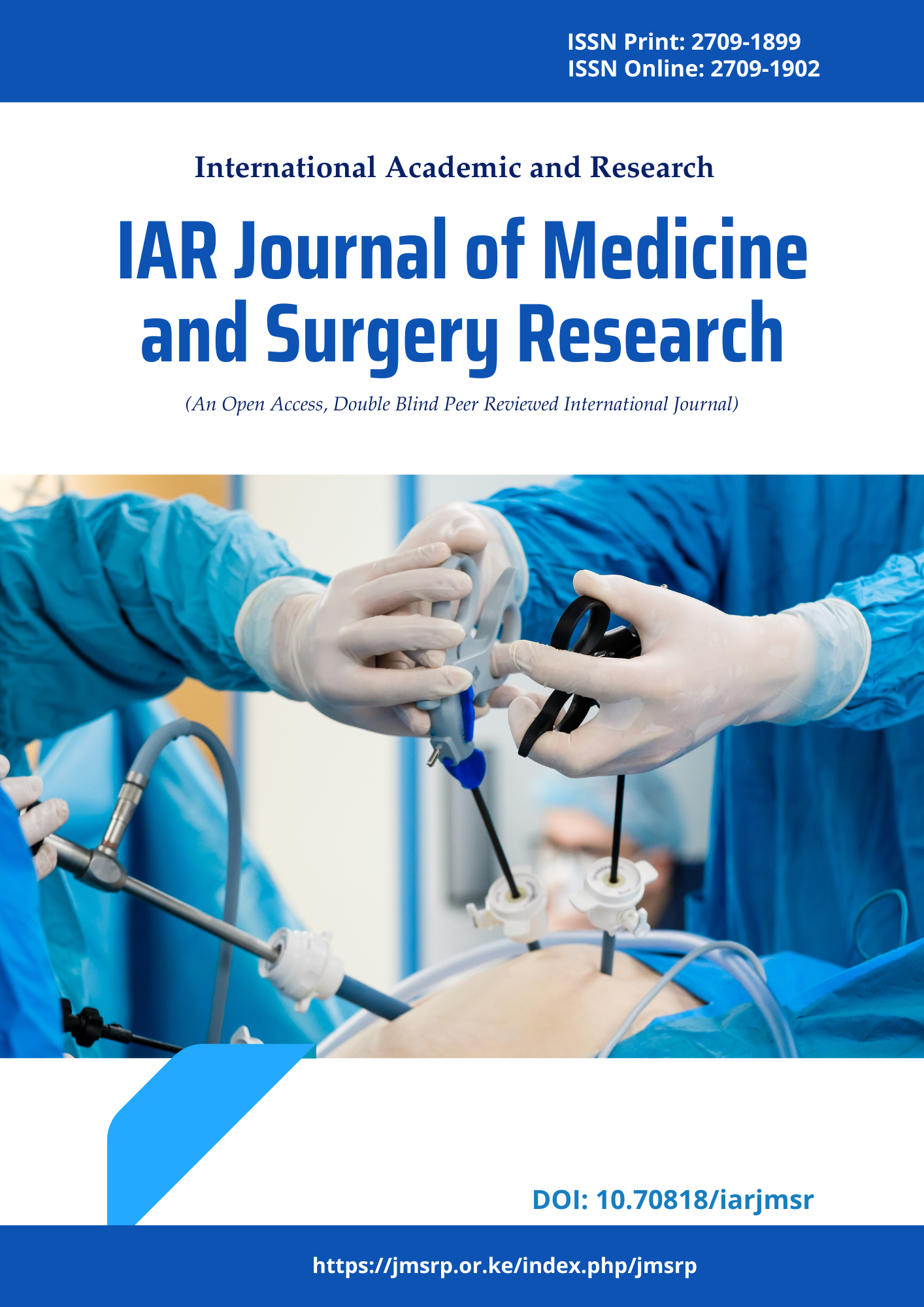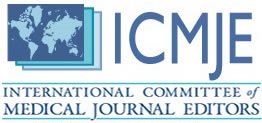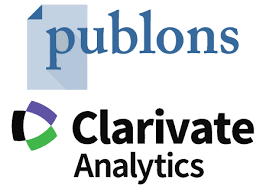Evaluate role of High-Resolution Ultrasonography in evaluation of breastmasses and its correlation with Fine Needle Aspiration Cytology
DOI:
https://doi.org/10.47310/iarjmsr.2023.V04i06.03Keywords:
Breast masses, Ultrasonography, Fine Needle Aspiration CytologyAbstract
Introduction: Breast carcinoma is the most common malignant tumor among women. It contributes to a significant proportion of all cancers in women worldwide (25%). Ultrasound is a helper tool used in union with mammography and clinical examination of breast in breast lesion screening. In patients with dense breast tissue, USG is a valuable aid in picking up and characterizing lesions. It has a highly capable in spotting lesions but is poor in specificity. To boost specificity, the ACR introduced the BIRADS to categorize breast masses. Material and Methods: This is a prospective and observational study conducted in the Department of Radiodiagnosis, Al-Ameen medical college and Hospital from October 2021 to September 2022 presenting with complaints of palpable breast lesions and referred to the department of radiology. Structured proforma was used to collect the data. All the subjects who fulfilled the inclusion criteria were subjected to ultrasonography and FNAC. A high-resolution duplex Doppler sonography study using HITACHI ALOKA F-37 ultrasound machines with 5- 13MHz linear transducer will be done. Results: In the study 20% had Family History of Breast Cancer. In the study on USG, margin was Circumscribed in 44%, 16% had indistinct, 28% had Micro lobulated and 12% had Spiculated. In
the study on USG Echogenicity was Hypoechoic (66%), anechoic (24%), Complex cystic and solid (8%) and Isoechoic (2%). In the study on USG Posterior Echo Intensity was Post acoustic Enhancement in 18%, Shadowing in 30% and No, posterior features in 52%. In the study the study 96% had no infiltration and 4% had infiltration. In the study on Sono BIRADS, 46% were benign, 24% were Probably benign, 14% were Suspicious of malignancy and 16% were Highly suspicious of malignancy. Conclusions: From the study it was concluded that High-Resolution Ultrasonography (BIRADS) had Sensitivity of 81.25%,
specificity of 94.12%, PPV of 86.67%, NPV of 91.43%, Diagnostic Accuracy was 90%. Thus, USG is a reliable first line investigation in cases of breast lesions due to its good sensitivity and a primary diagnosis can be arrived at and the need for other investigations such as FNAC and Biopsy can be decided upon.
















